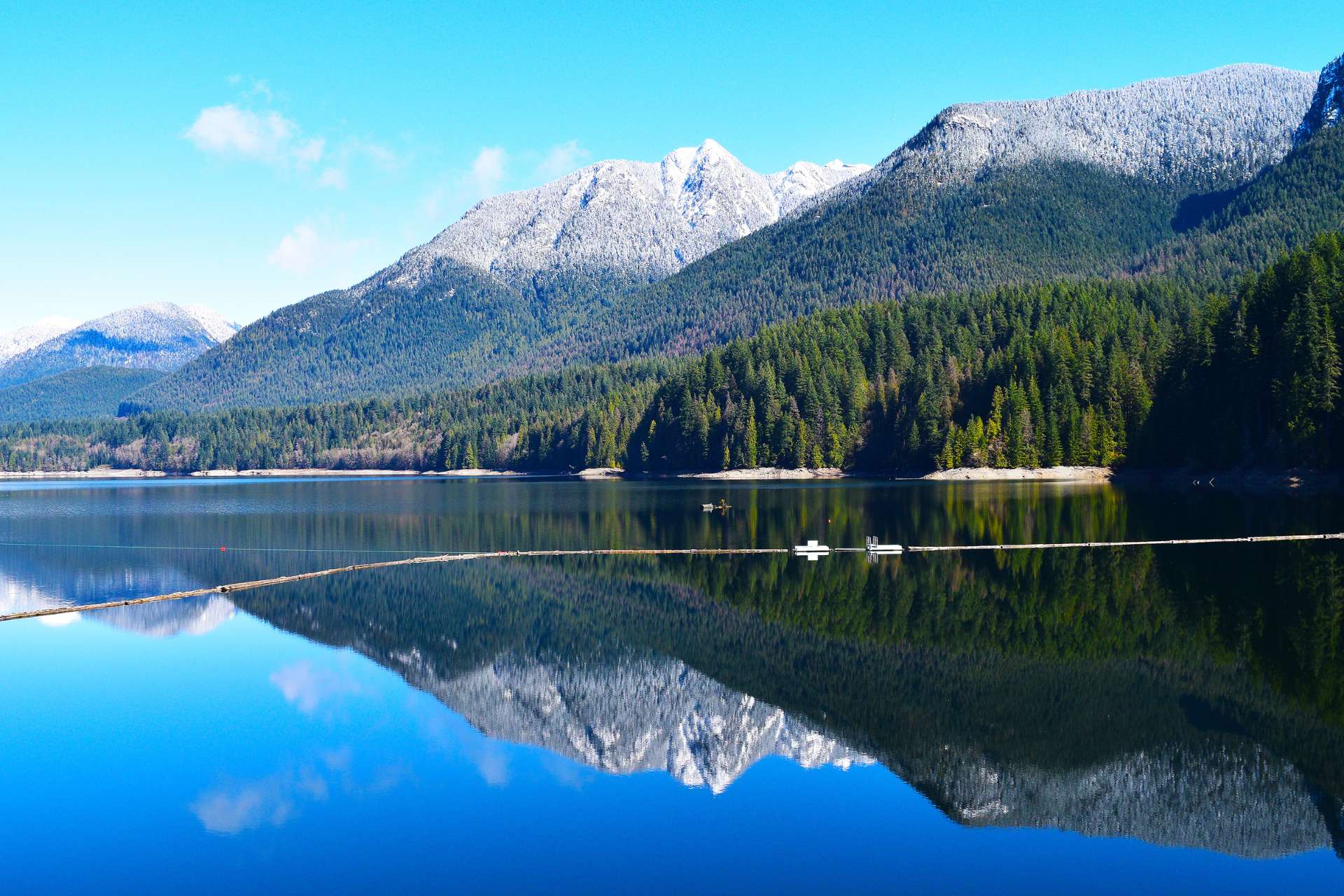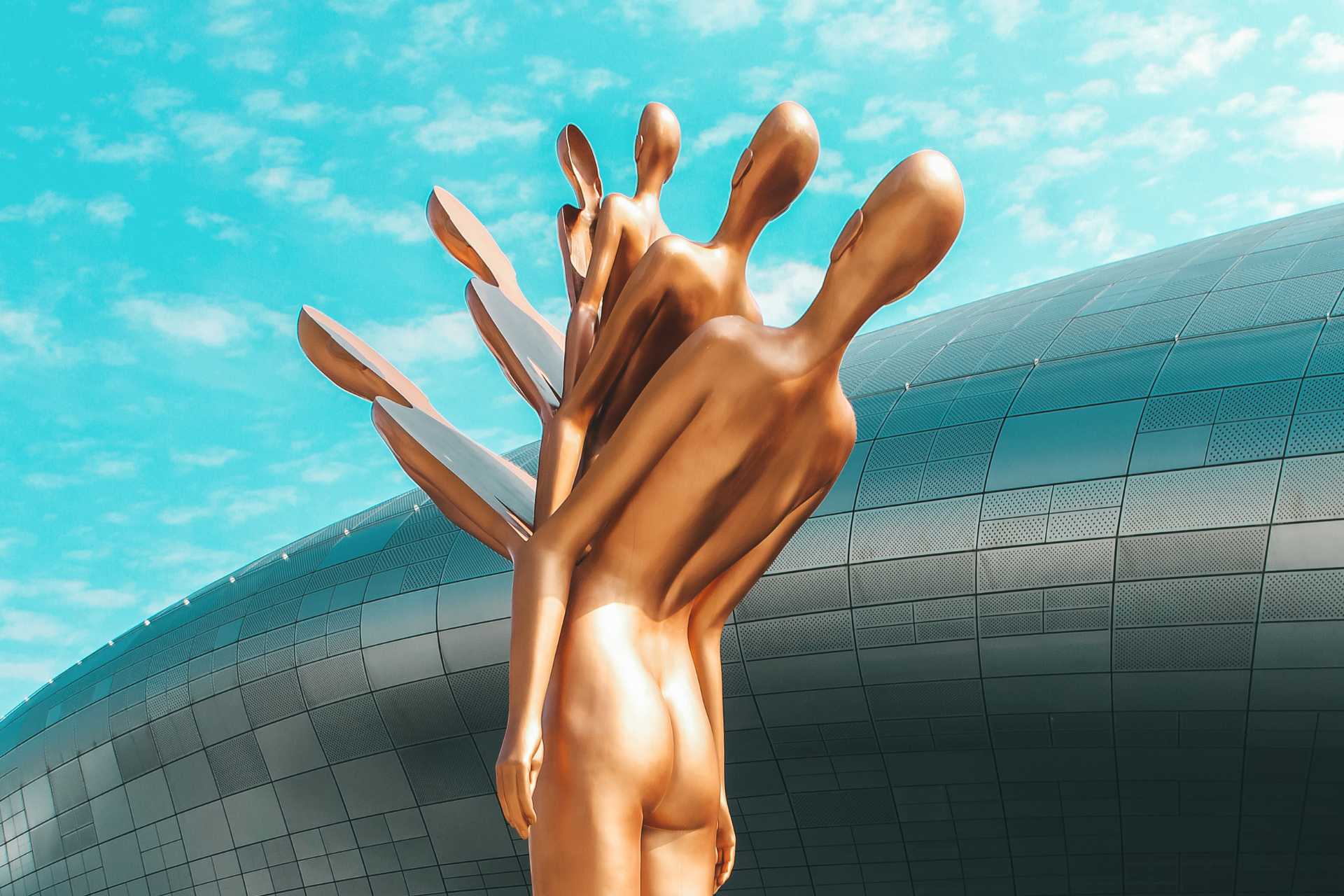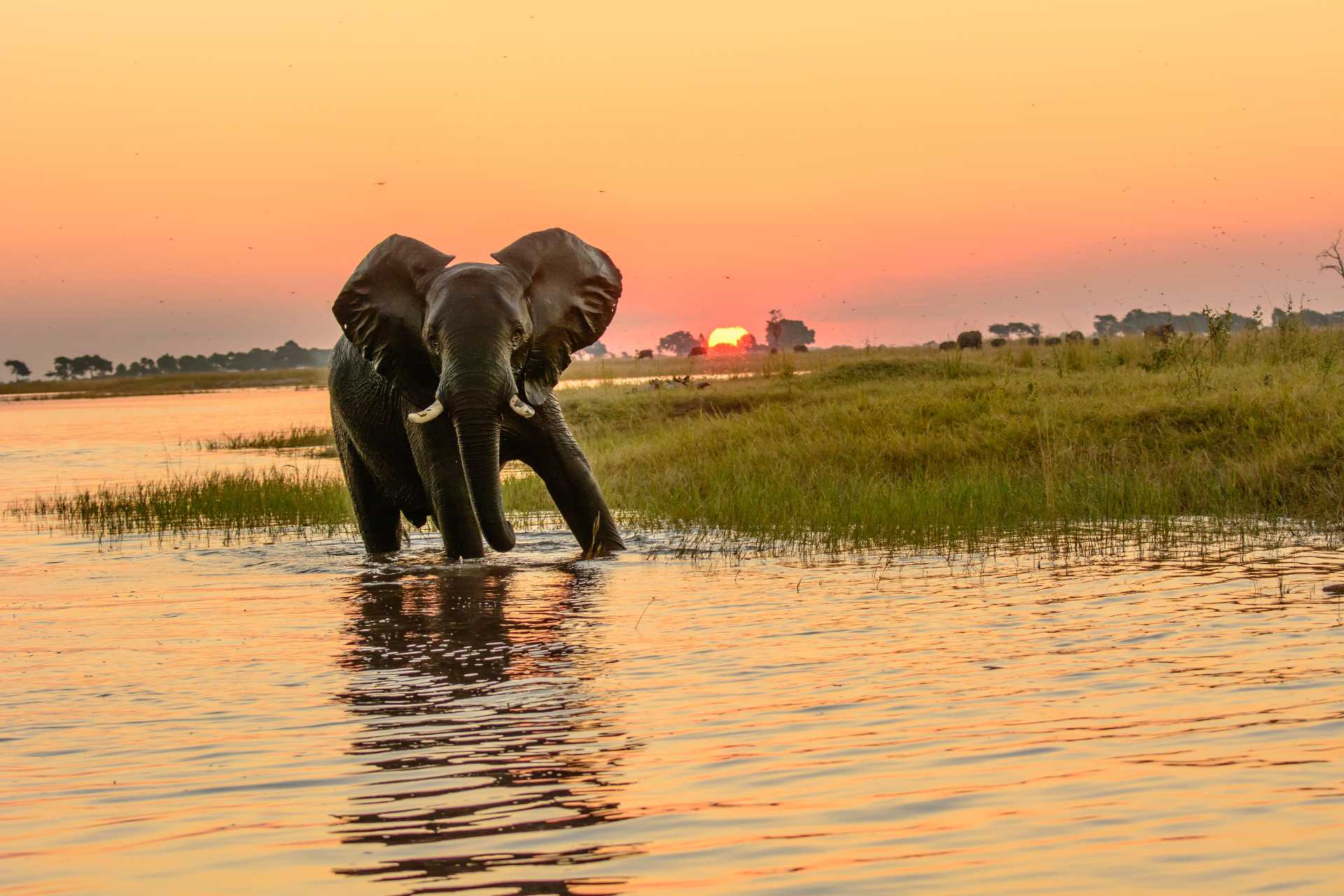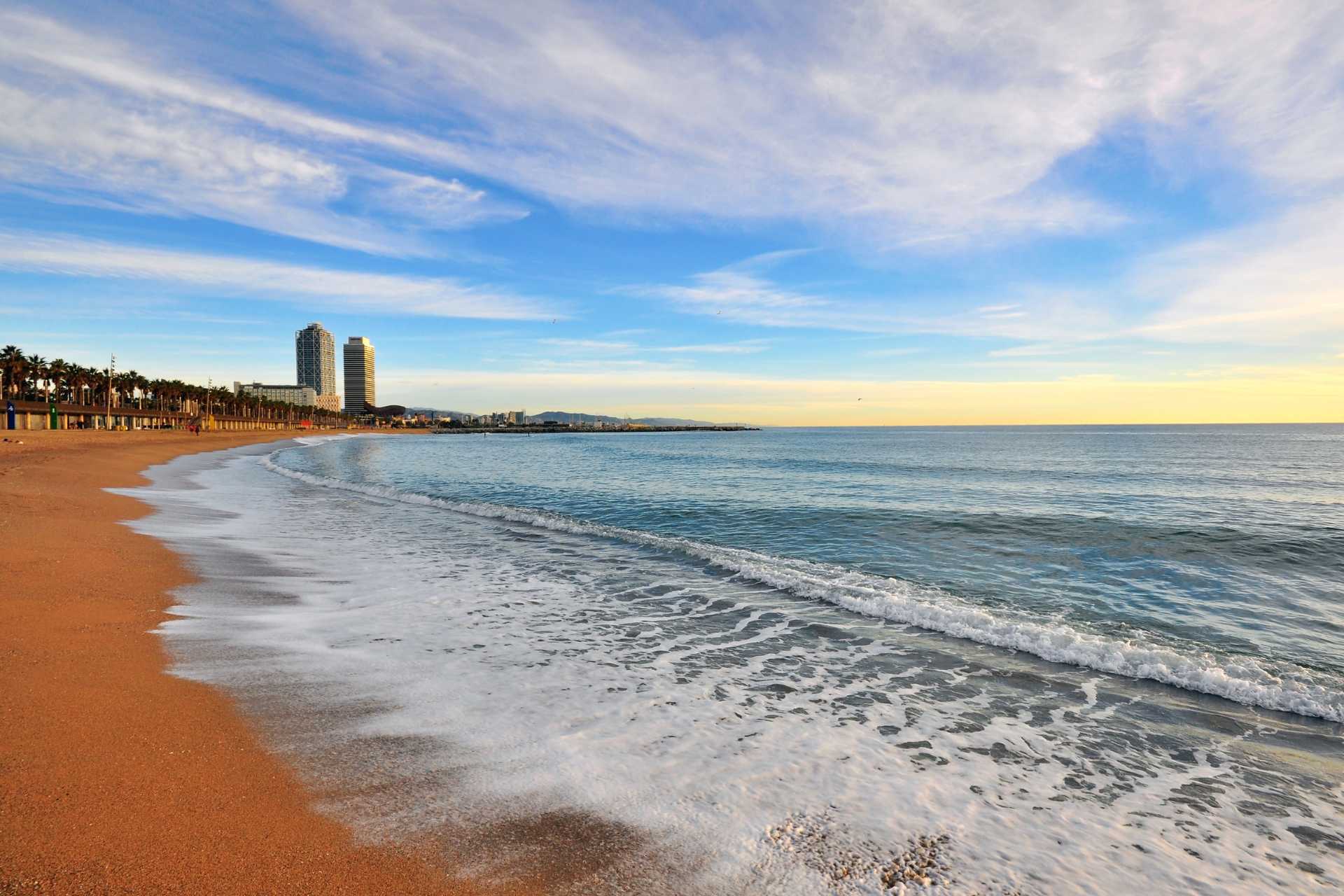Embarking on a Journey to Machu Picchu
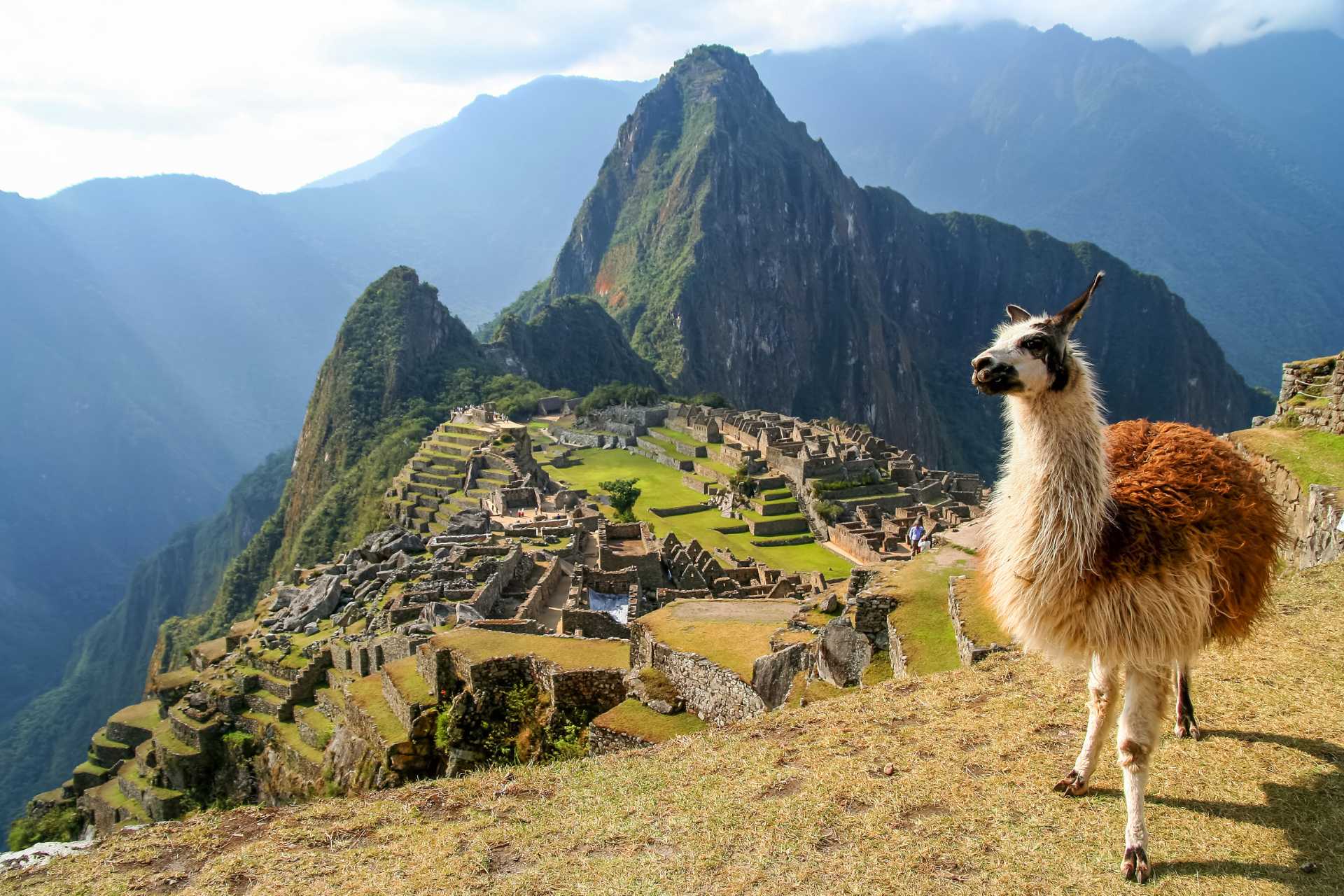
An Inclusive Wonder
Enveloped in mystery, Machu Picchu beckons with secrets of the Incan Empire. Those hungry for knowledge will revel in discovering its archaeological wonders and the intricate scientific and spiritual practices of the ancients who constructed this majestic site.
Your journey through history is complemented by a dive into Peru’s vibrant culture and culinary delights. Extend your stay to explore other Peruvian historical marvels, such as the enigmatic, colossal geoglyphs in the Nazca Valley, whose origins remain a puzzle. Complement these adventures with tangy ceviche dishes, the visual feast of a rainbow-striped mountain, surreal desert oases, and refreshing pisco sours, ensuring an unforgettable expedition in this breathtakingly scenic nation.
Ideal Visit Time
Machu Picchu welcomes visitors throughout the year. While the rainy season spans October to April, showers are possible anytime. The peak months are July and August, but expect throngs of tourists regardless, especially on Sundays when locals from the Cusco region enjoy free access, adding to the regular influx of global visitors.
Is there an ideal time for your Machu Picchu visit? The truth is, crowds and unpredictable weather are constants here. Mornings during the rainy season often bring fog, either obscuring views or lending a mysterious aura, depending on your perspective. Afternoons might see fewer visitors as most head back to the train station for their return journey to Cusco.
Adapting to the Altitude
Altitude sickness can mar your Machu Picchu experience. Most travelers come from places significantly lower than Cusco’s elevation (over 11,000 feet) or Machu Picchu (nearly 8,000 feet). Allow ample time for a gradual journey to your destination to fend off typical symptoms like nausea, headaches, dizziness, exhaustion, and breathlessness.
If your itinerary doesn’t include an overnight stay in Cusco before heading to Machu Picchu, it’s wise to take the train straight from Cusco to Aguas Calientes (the official moniker being Machu Picchu Pueblo). This town, closest to Machu Picchu, sits at about 6,700 feet. Spending a couple of nights here helps your body acclimate to the relatively lower elevation before you venture up to explore Machu Picchu. Additionally, consider relaxing elsewhere in the Sacred Valley, inherently situated at a lower altitude than the encircling mountains. While acclimatizing, steer clear of alcohol and excessive physical activity, and hydrate with plenty of water or coca tea to help your body adapt to the leaner air.
Navigating Your Way
Your journey to Machu Picchu starts with a flight to Lima, followed by a connecting flight to Cusco. From Cusco, the most straightforward route to Machu Picchu is a picturesque 3.5-hour train ride to Aguas Calientes, which follows the Urubamba River through the Sacred Valley, flanked by dramatic canyon walls. Note, however, that the “Cusco train station” is actually located in the nearby town of Poroy. A taxi ride there is affordable, but allocate at least an hour for the journey from central Cusco, as traffic jams and perpetual road construction can cause delays.
Train Options
You have three train services at your disposal: Inca Rail, Peru Rail, and the opulent Belmond Hiram Bingham train. Regardless of your choice, it’s crucial to book early as tickets can run out weeks in advance, especially during certain months.
Numerous taxis and minivans ply the route between Ollantaytambo and Cusco, a journey of just over an hour. If time permits, plan an overnight stay in Ollantaytambo to explore its Incan streets, buildings, and the namesake archaeological site. Arriving early allows you to savor the site in the gentle light of sunrise, ahead of the tour bus crowds. Alternatively, consider an overnight stay in Urubamba, a brief 20-minute drive from Ollantaytambo. This area boasts a selection of luxury and boutique hotels.
Securing Tickets
Whether you’ve purchased your ticket beforehand or are journeying independently, hiring a guide for Machu Picchu is mandatory. You can secure one outside the gates or reserve one in Aguas Calientes. The Peruvian government, aiming to manage the flow of tourists, has implemented a ticket system divided into five distinct circuits. It’s imperative to purchase tickets ahead of time. Online booking shows the number of available tickets for each day, and on your visit day, you’ll select one of the five circuits. This regulated approach aids in safeguarding the site from the impact of heavy tourist traffic. Review the circuits carefully before booking to understand the landmarks each one encompasses.
Trekking the Inca Trail and Other Routes
Another adventurous approach from Cusco to Machu Picchu is trekking along the Inca Trail, a part of the vast network of roads created during the Incan Empire’s expansion. While it may seem daunting, thousands undertake this journey annually. Numerous tour operators provide Inca Trail expeditions to Machu Picchu, each offering varying durations and comfort levels, though camping is a common element. Be aware, the Inca Trail to Machu Picchu closes for maintenance throughout February each year.
For a unique Peruvian experience, some opt for alternative routes like the Salkantay Trek, Lares Trek, or Choquequirao Trek. These less crowded pathways offer distinct landscapes, ranging from snowy mountains and tropical jungles to remote traditional villages. The Choquequirao Trek, for instance, highlights the “sister city” of Machu Picchu, which sees far fewer tourists and is more extensive than its famous counterpart. This trek’s appeal lies in its historical intrigue and striking vistas, though it is more challenging than the classic Inca Trail.
Be it a luxurious train journey or a multi-day trek, each route to Machu Picchu offers its own rewards. No matter how you reach this New Wonder of the World, the breathtaking views and the legacy of an ancient civilization await you. As you explore, let your mind wander to a time when the Incas thrived in these highlands, building remarkable cities that continue to fascinate and inspire visitors from around the globe.


